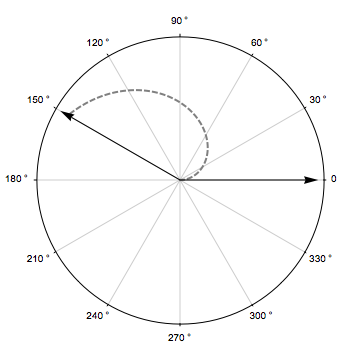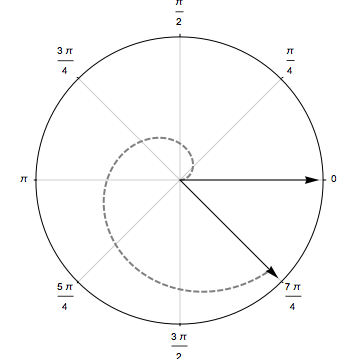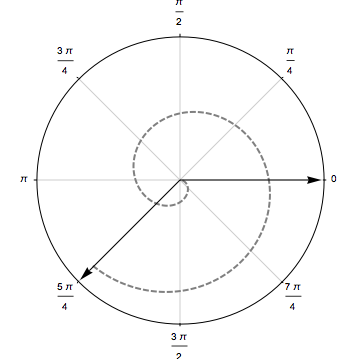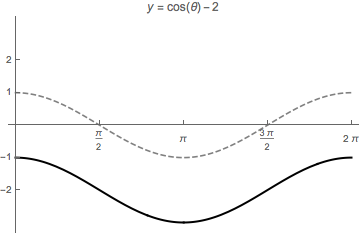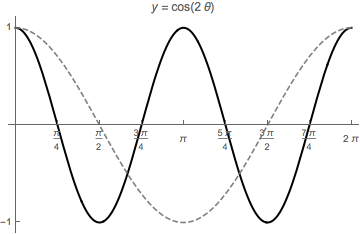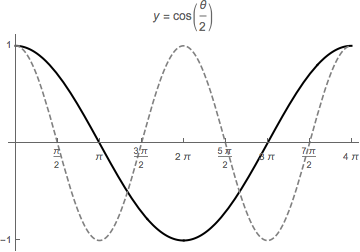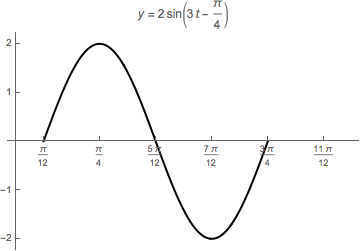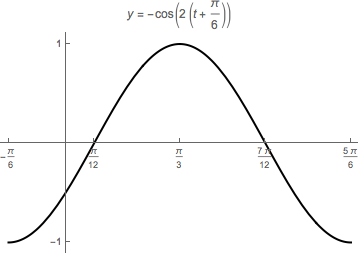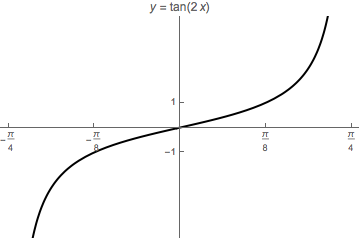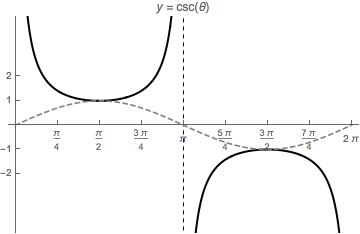1.
Find all six trigonometric function values of the angle \(\theta\) in standard position whose terminal ray passes through the point \((x,y) = (4,-1)\text{.}\) See figure below.
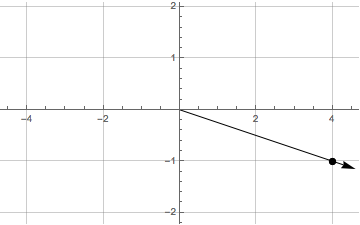
Answer.
| \(\sin \theta = \frac{-1}{\sqrt{17}}= -\frac{\sqrt{17}}{17}\) | \(\csc \theta = \frac{\sqrt{17}}{-1} = - \sqrt{17}\) |
| \(\cos \theta = \frac{4}{\sqrt{17}}=\frac{4\sqrt{17}}{17}\) | \(\sec \theta = \frac{\sqrt{17}}{4}\) |
| \(\tan \theta = -\frac{1}{4}\) | \(\cot \theta = \frac{4}{-1}=-4\) |
Solution.
We need the radial distance \(r\) from the origin to the point:
\begin{equation*}
r^2 = 4^2 + (-1)^2 = 16 + 1 = 17 \Rightarrow r = \sqrt{17}.
\end{equation*}
We can now form all the ratios we want with \(x=4\text{,}\) \(y = -1\text{,}\) and \(r = \sqrt{17}\) Table 9.34.
| \(\sin \theta = \frac{-1}{\sqrt{17}}= -\frac{\sqrt{17}}{17}\) | \(\csc \theta = \frac{\sqrt{17}}{-1} = - \sqrt{17}\) |
| \(\cos \theta = \frac{4}{\sqrt{17}}=\frac{4\sqrt{17}}{17}\) | \(\sec \theta = \frac{\sqrt{17}}{4}\) |
| \(\tan \theta = -\frac{1}{4}\) | \(\cot \theta = \frac{4}{-1}=-4\) |


